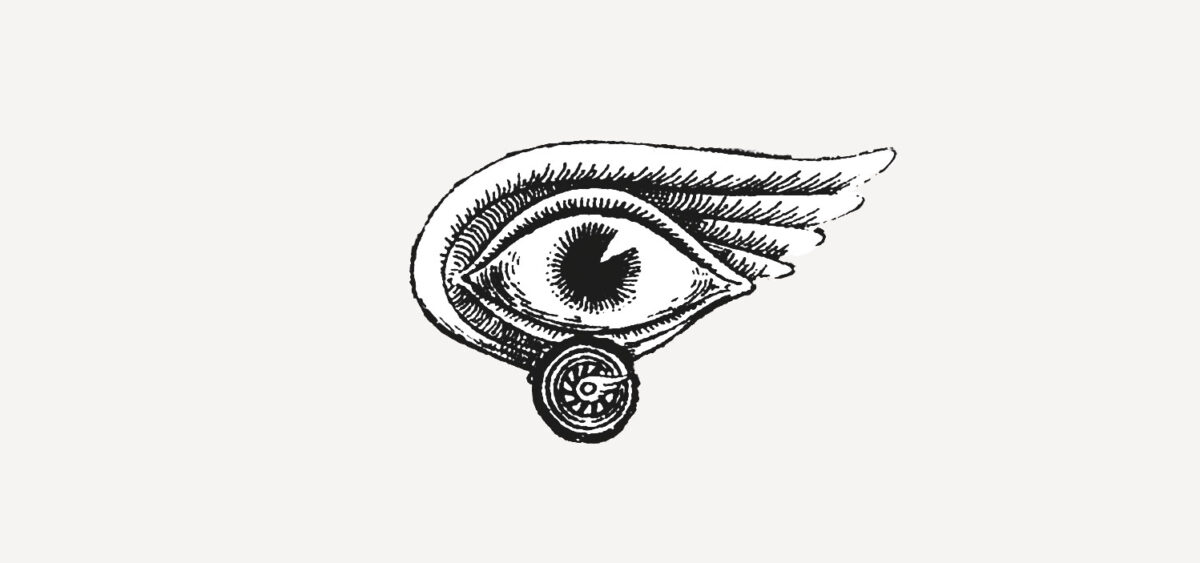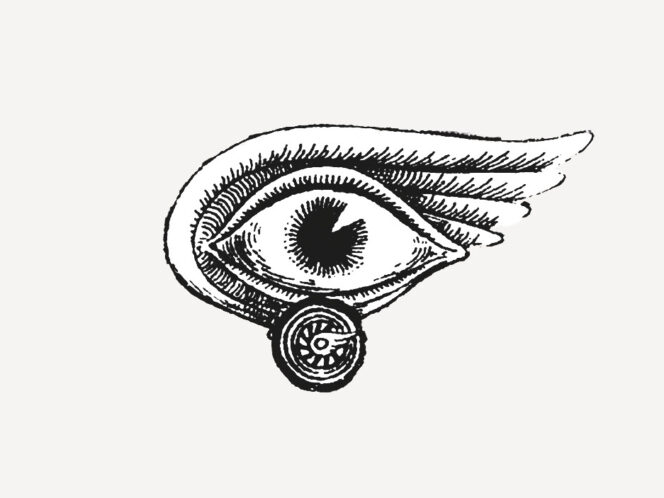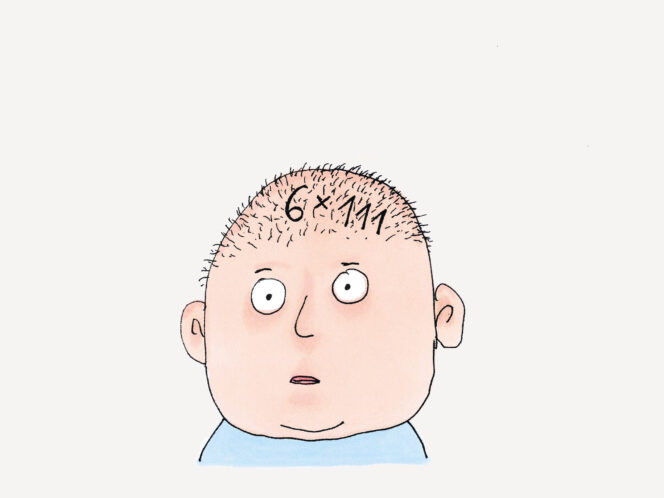
More than 1500 years ago, a few European philosophers and a large number of Egyptian peasants were driven out into the desert. They abandoned their families, cast off their clothes and surrendered themselves to fasting. They were tormented by demons that still afflict us today.
Visitors to the National Museum of Ancient Art in Lisbon can admire Hieronymus Bosch’s Triptych of the Temptation of St. Antony. And there’s a lot to admire. Antony, his hands folded piously, lying on his back and floating into the air on the belly of a winged toad; a procession of devils hurrying into a cave opening between the buttocks of someone standing on all fours; two women celebrating Mass; and among the creatures crowding around to take communion, a mandolinist with the face of a pig and an owl on his head. Antony surveys a table supported by naked demons. Like a parody of the Eucharist, the table holds bread and a cup with a pig’s leg protruding from it. Somewhere in the background, a village is burning. Looking at this painting, we ask ourselves: where is the temptation here? Why is Antony not being lured by the well-known charms of this world, but instead by hideous monsters and scenes of blasphemy and rape? What did the artist see in the saint’s history that made him decide to portray him surrounded by abomination and violence?
Hieronymus Bosch, “Kuszenie św. Antoniego”, fragment, ok. 1501 r., Museu Nacional de Arte Antiga w Lizbonie; zdjęcie: domena publiczna
The road to the tomb
Antony’s story began quite innocently. He lived in Egypt from around 250 to 357 AD. His biographer, Bishop Athanasius of Alexandria, says that he was born in a small village to a fairly wealthy family. As Athanasius describes in Walter J. Burghardt’s The Life








